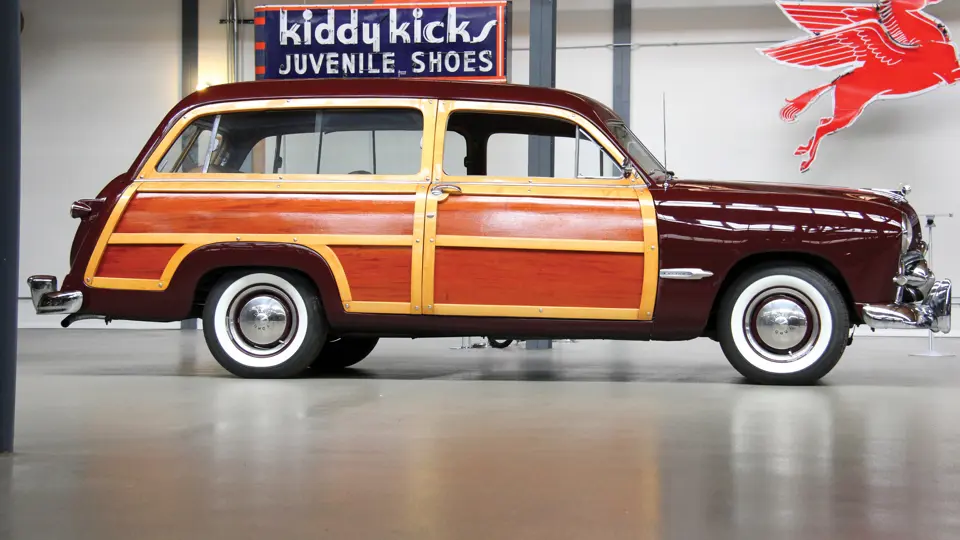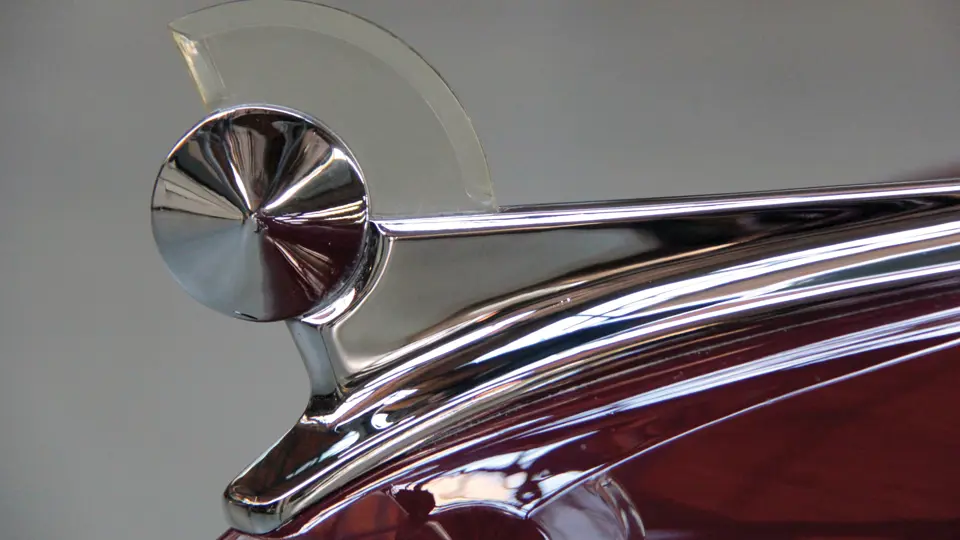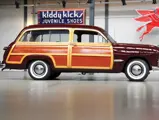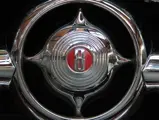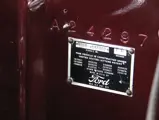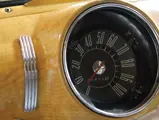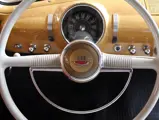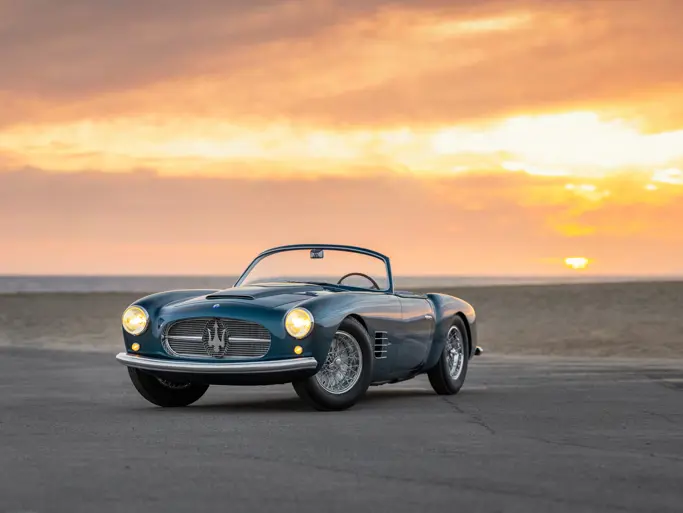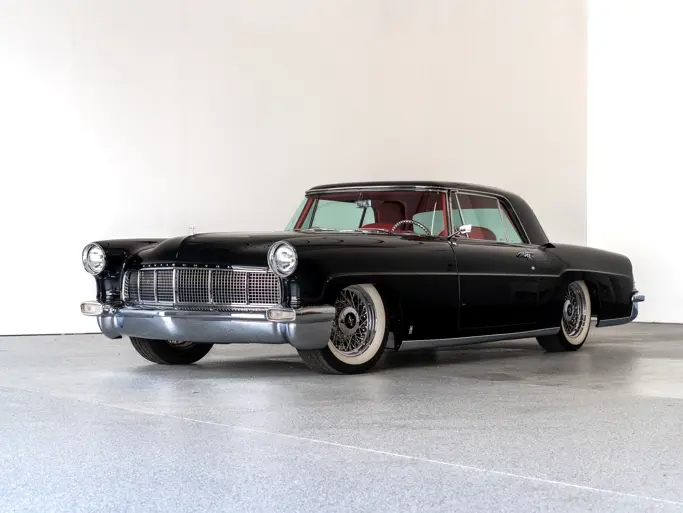
1949 Ford V-8 Custom Station Wagon
{{lr.item.text}}
$49,500 USD | Sold
{{bidding.lot.reserveStatusFormatted}}
- Handsome combination of Midland Maroon Metallic over tan
- Flathead V-8 performance with excellent parts availability
- Older restoration that presents nicely and drives well
- Perfect entrée into the world of woodies
100 hp, 226 cu. in. OHV L-head “flathead” V-8 engine, three-speed manual transmission, independent front suspension with coil springs, wishbone-type longitudinally-mounted rear spring suspension, and four-wheel drum brakes. Wheelbase: 114 in.
In the quest to see who among the Big Three would be first to get their all-new post-war car to market, Ford Motor Company won the race in 1949. The company had its 1949 models in production and ready for the public by June 1948, beating Chevrolet by six months and Plymouth by nine months. Ford was rewarded with the claim of America’s number one auto manufacturer, with a production increase of over 300 percent from 1948 and an extended 16-month selling period.
So visually striking were the new slab-sided bodies with flush-mounted fenders, the 1949 models were fondly nicknamed “shoebox” Fords. Despite the nomenclature, the new cars were easily the most modern looking of the Big Three low-priced cars for 1949, and the public responded accordingly, with 31,412 deliveries of the new wagon.
With its new wagon, Ford set about simplifying the ownership of a traditional wood wagon. The new car featured an all-steel structure that virtually stopped the typical squeaking and much of the wind noise associated with a wood-bodied car. The design was much less complicated, with bolt-on, replaceable wood panels.
Until this time, all Ford wagons used solid maple framing, but the 1949’s framing was steel-covered, with paneling that was created by using the latest in electronic technology. Remarkably, the parts were created by using a microwave bonding process that squeezed a mixture of phenolic resin-coated wood pieces together to form a frame blank. Similarly, the panels were crafted by a layer of maple over an inner layer of ash. The roof, too, was now made from steel, and Ford offered the wagon in its higher-priced Custom series, but only as a two-door from 1949 to 1951.
Painted Midland Maroon Metallic over a dark tan interior, this workmanlike woodie was restored in Oklahoma approximately 15 years ago and has been in its current owner’s collection for the last six years. He describes it as a nicely presented car that drives nicely and has proper underhood detailing commensurate with its age. Offering sprightly V-8 performance, readily available mechanical parts, and classic “shoebox” styling, this is the perfect entrée into the wonderful world of woodies!
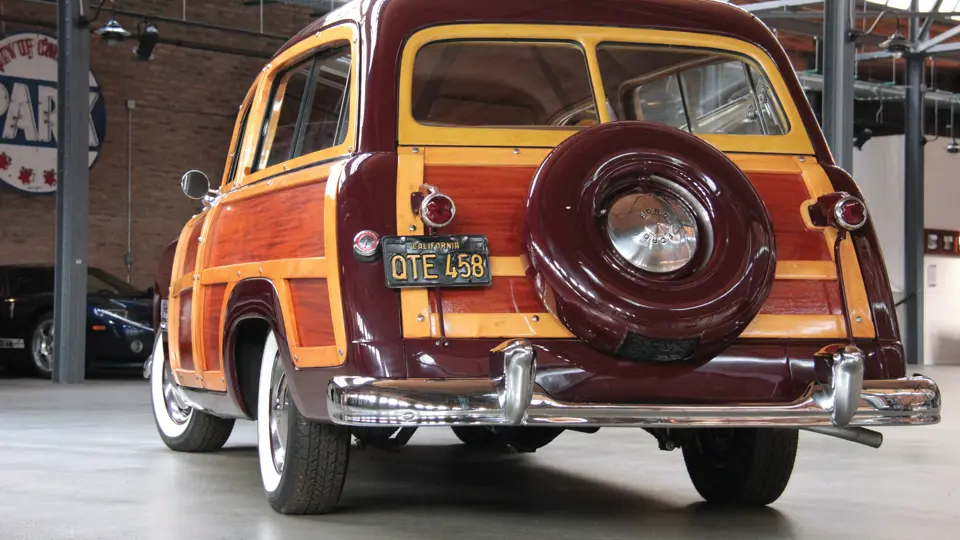





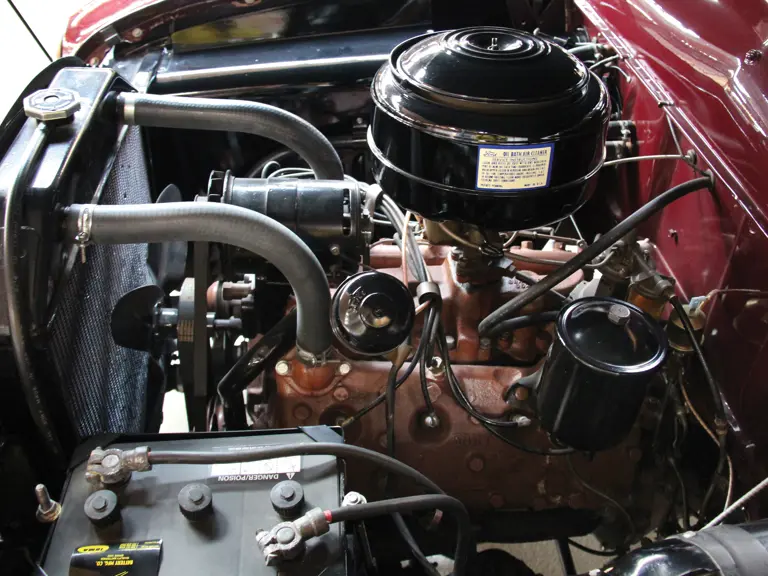
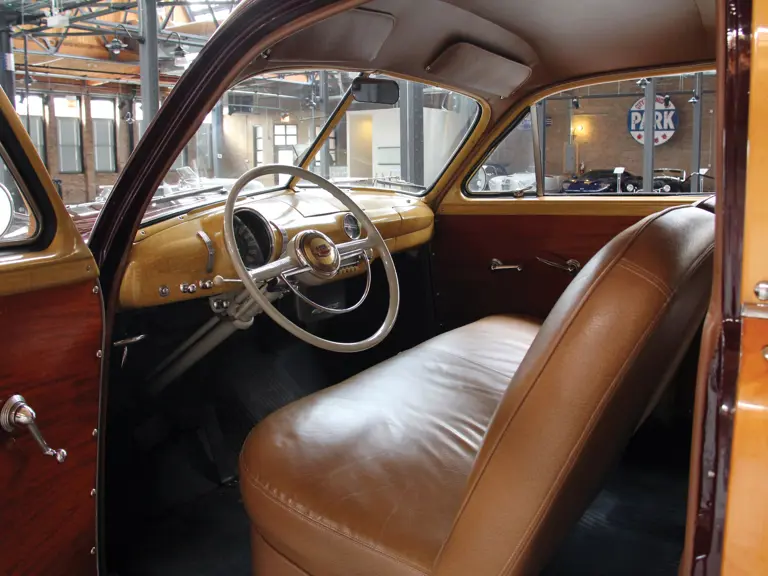
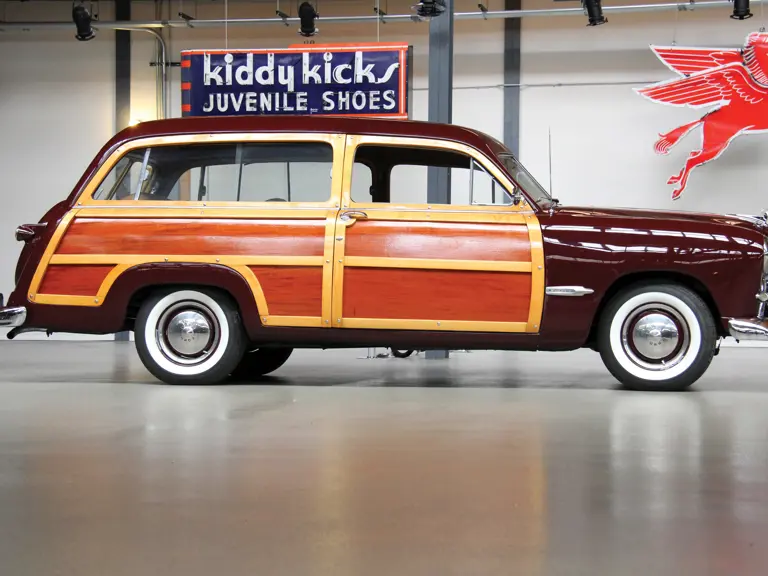
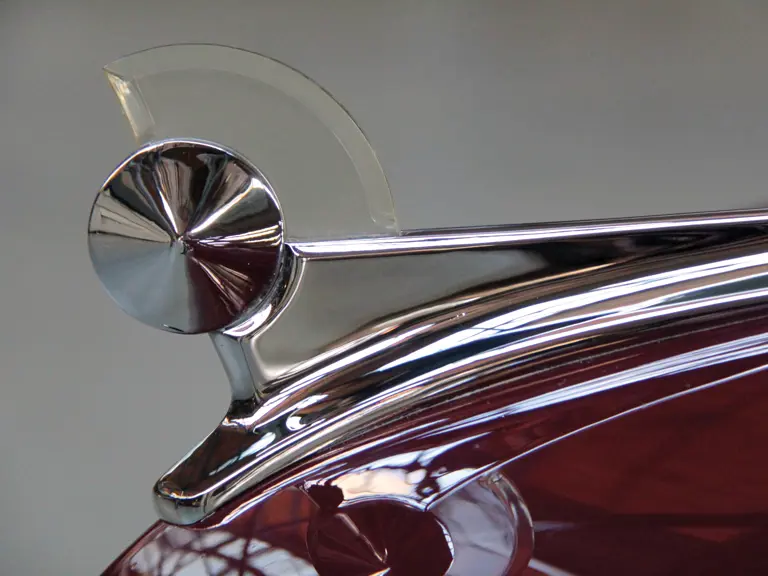

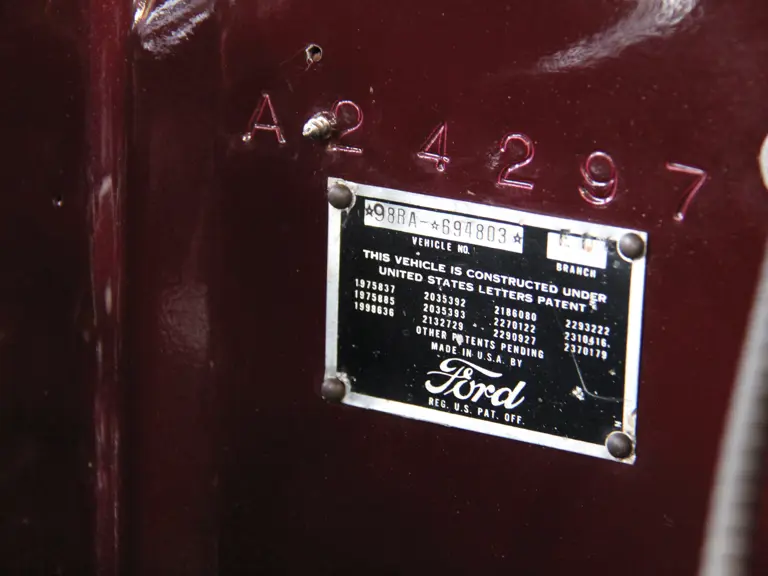
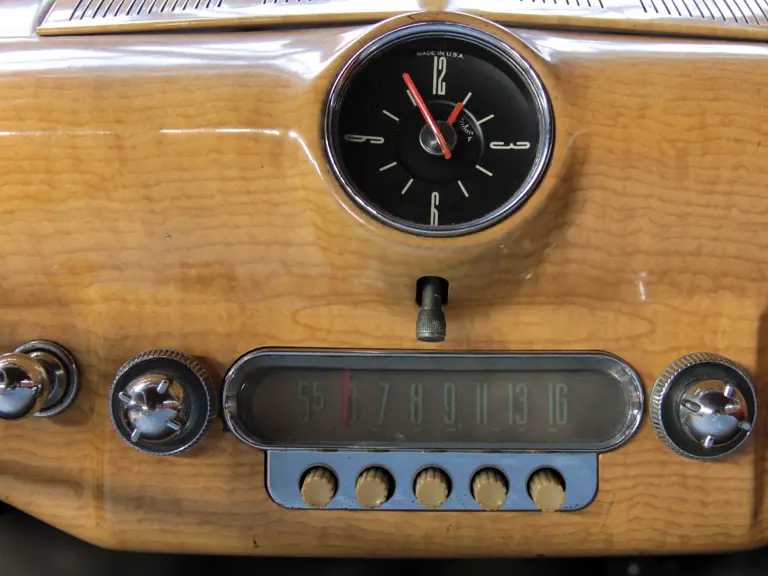


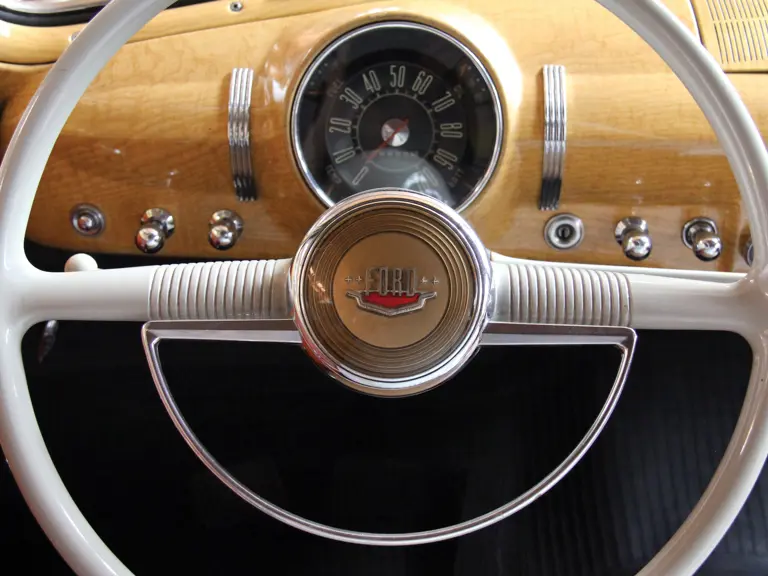

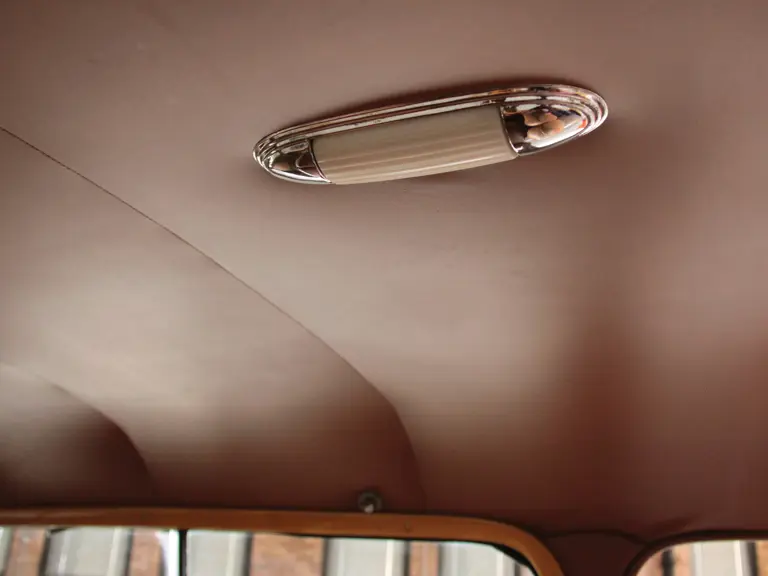
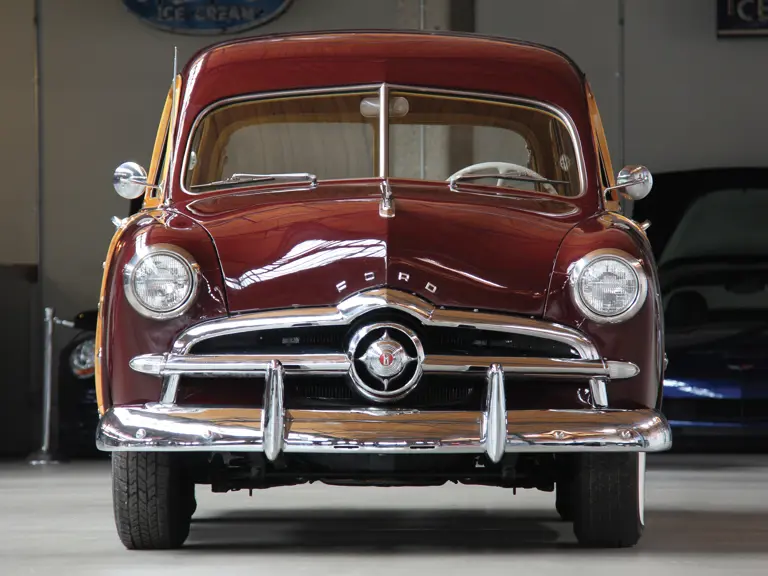
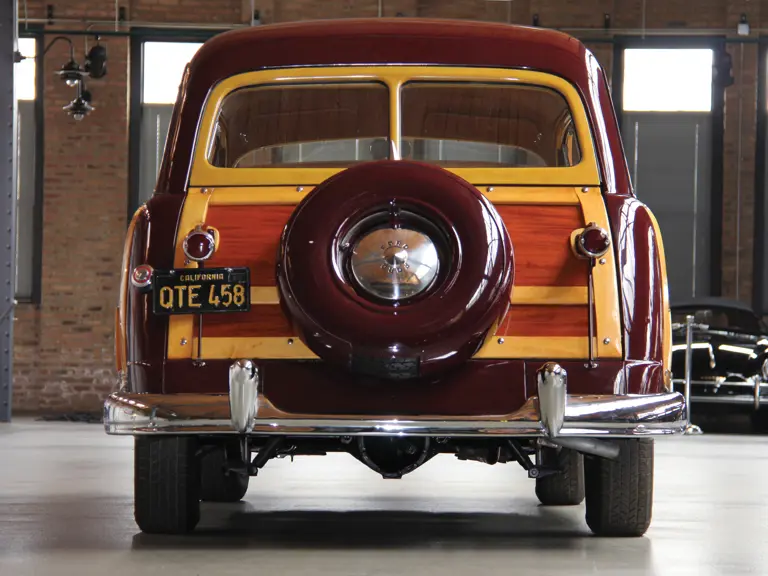
 | Amelia Island, Florida
| Amelia Island, Florida
